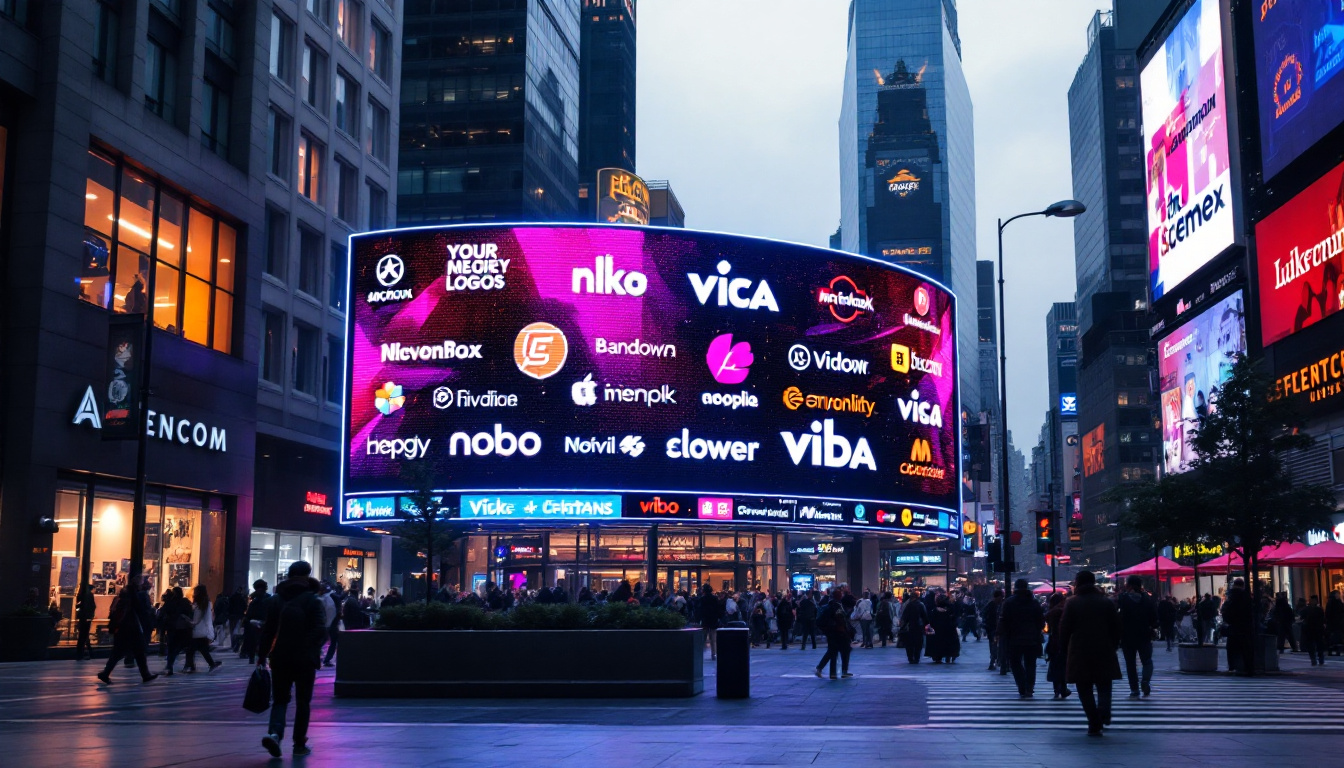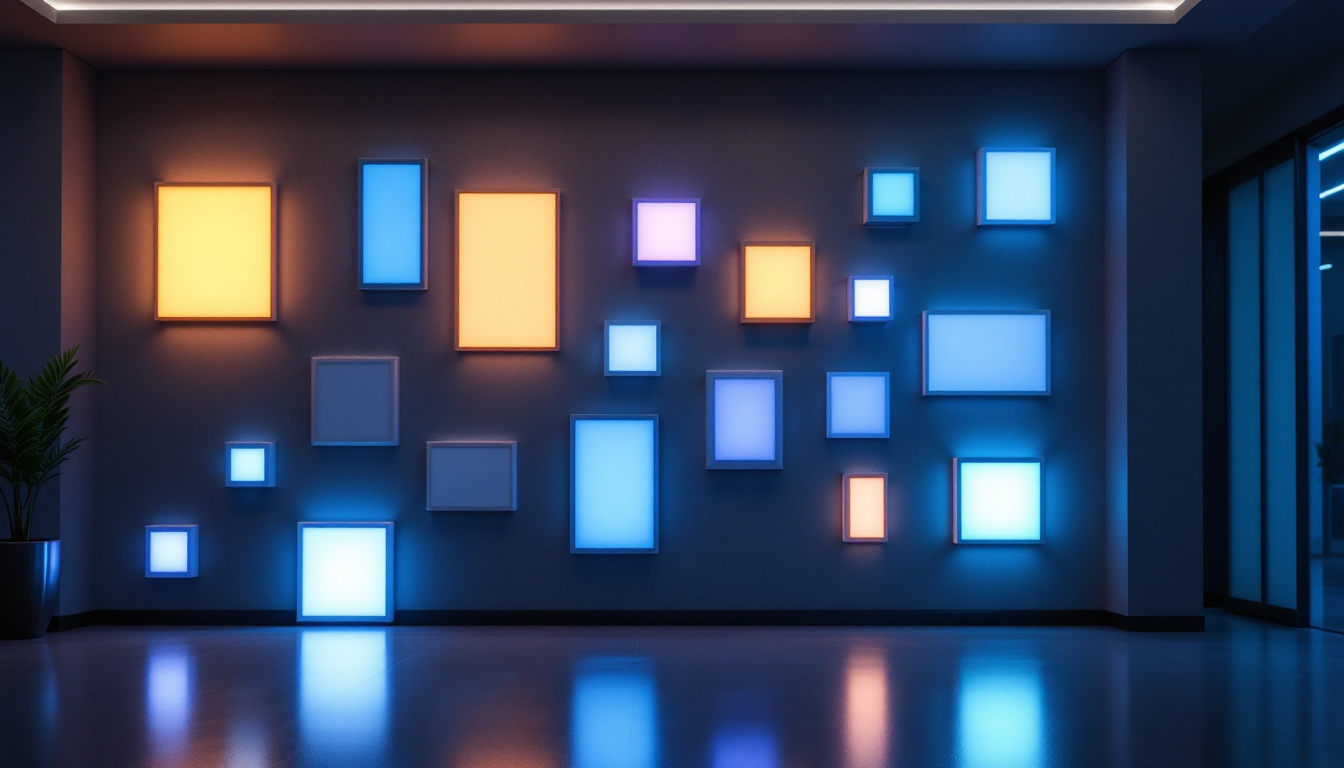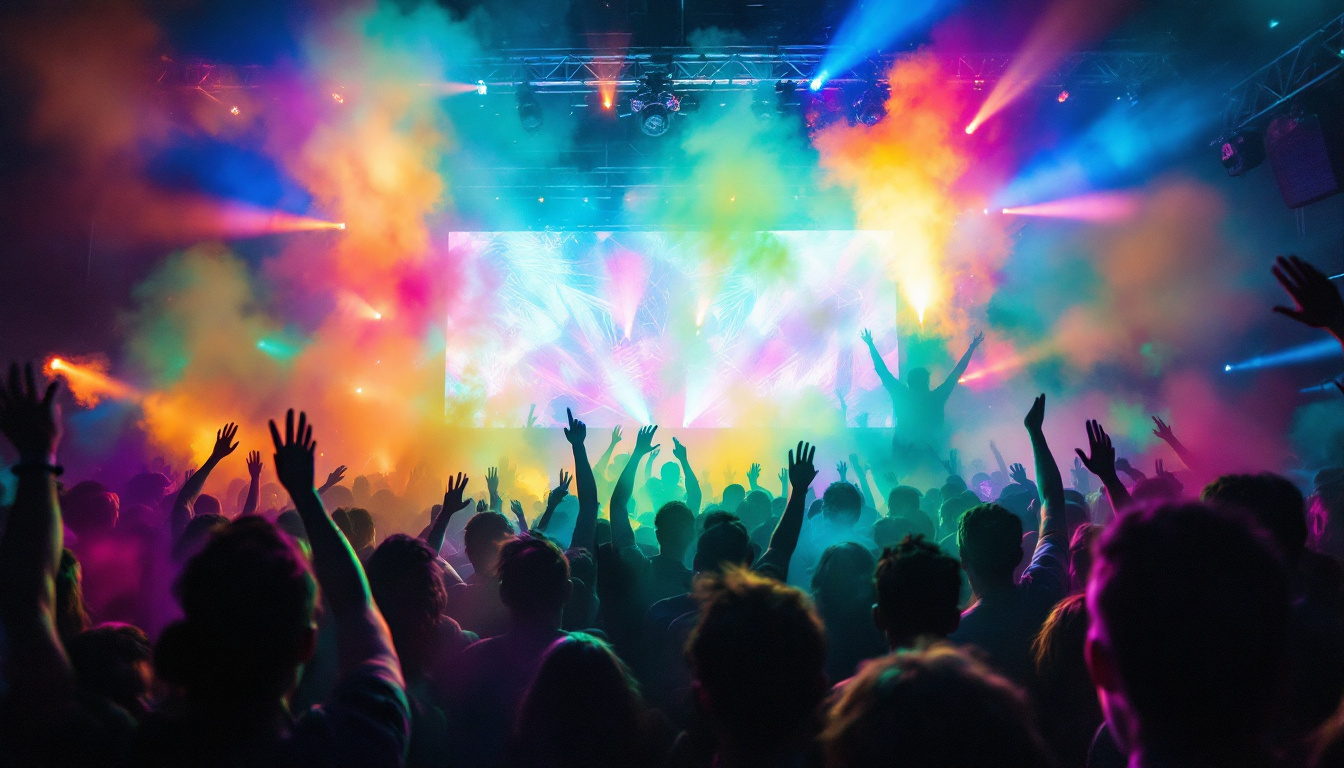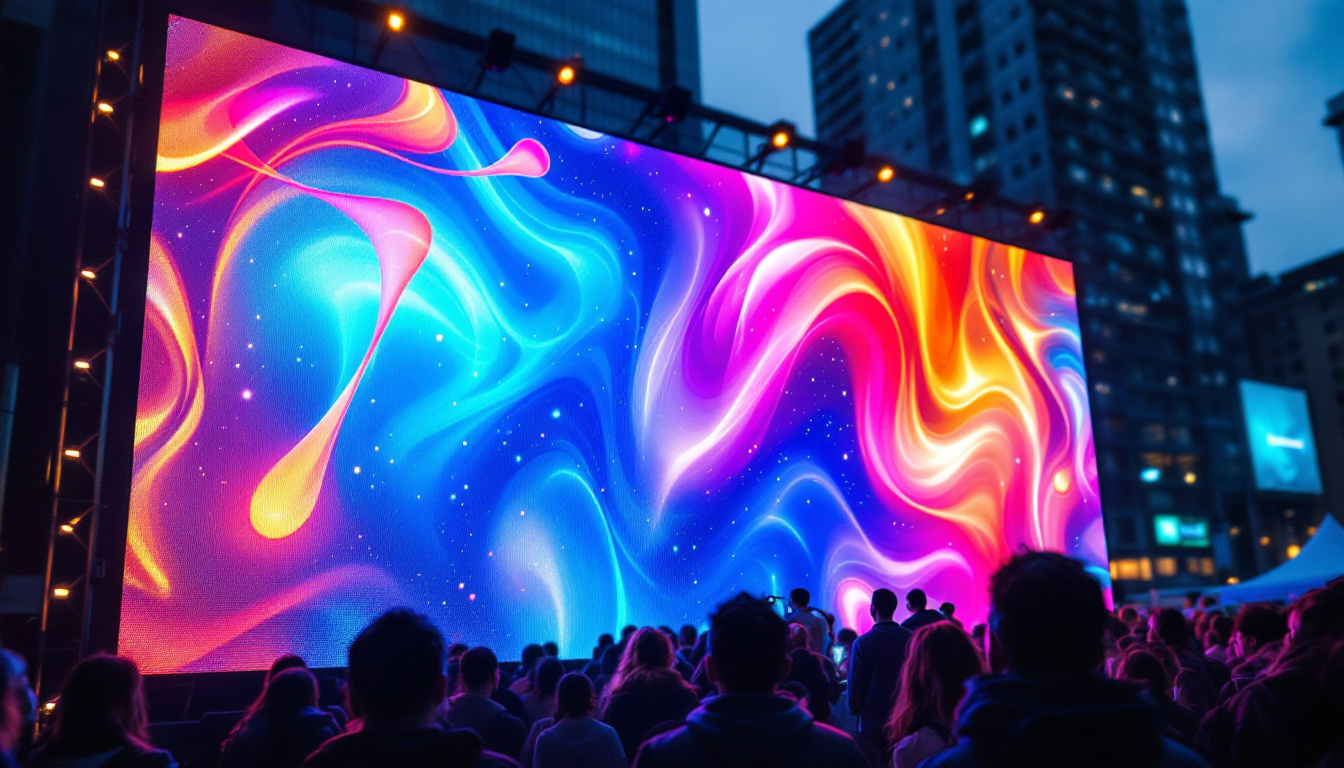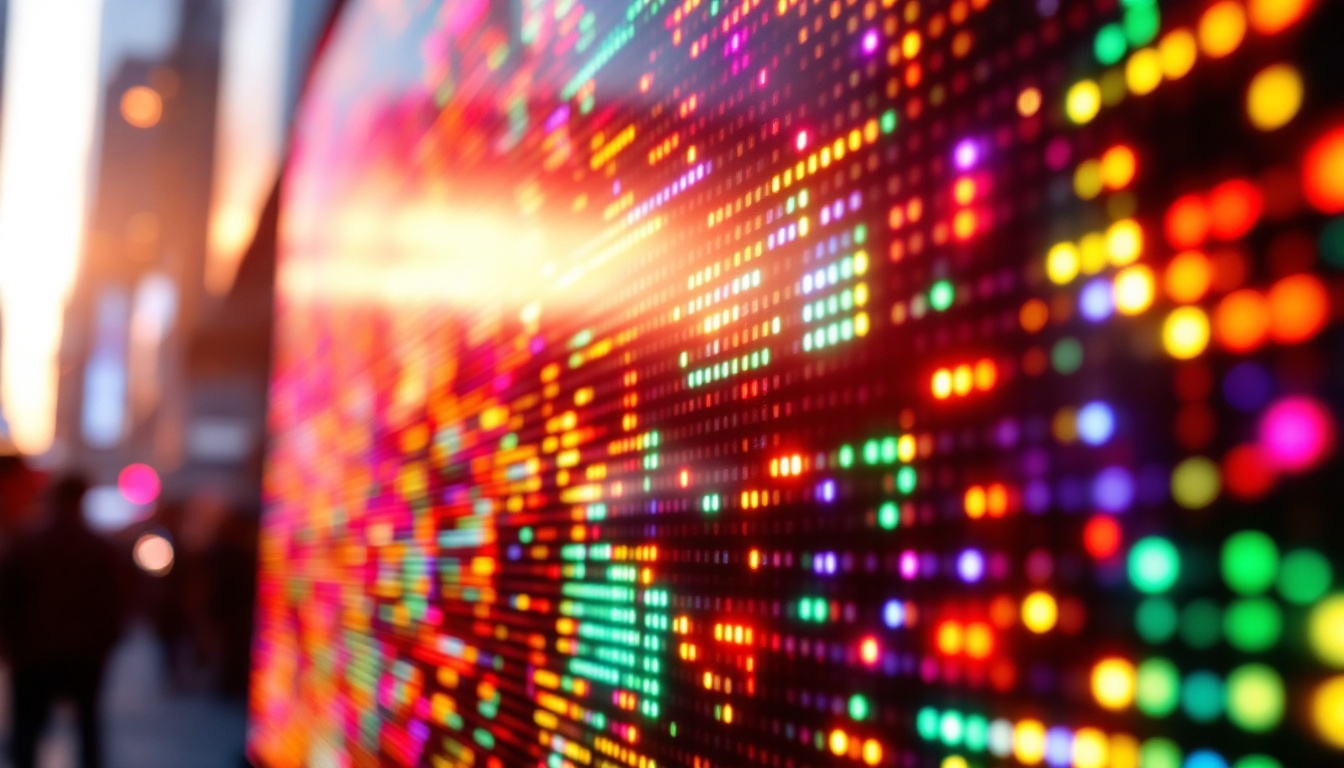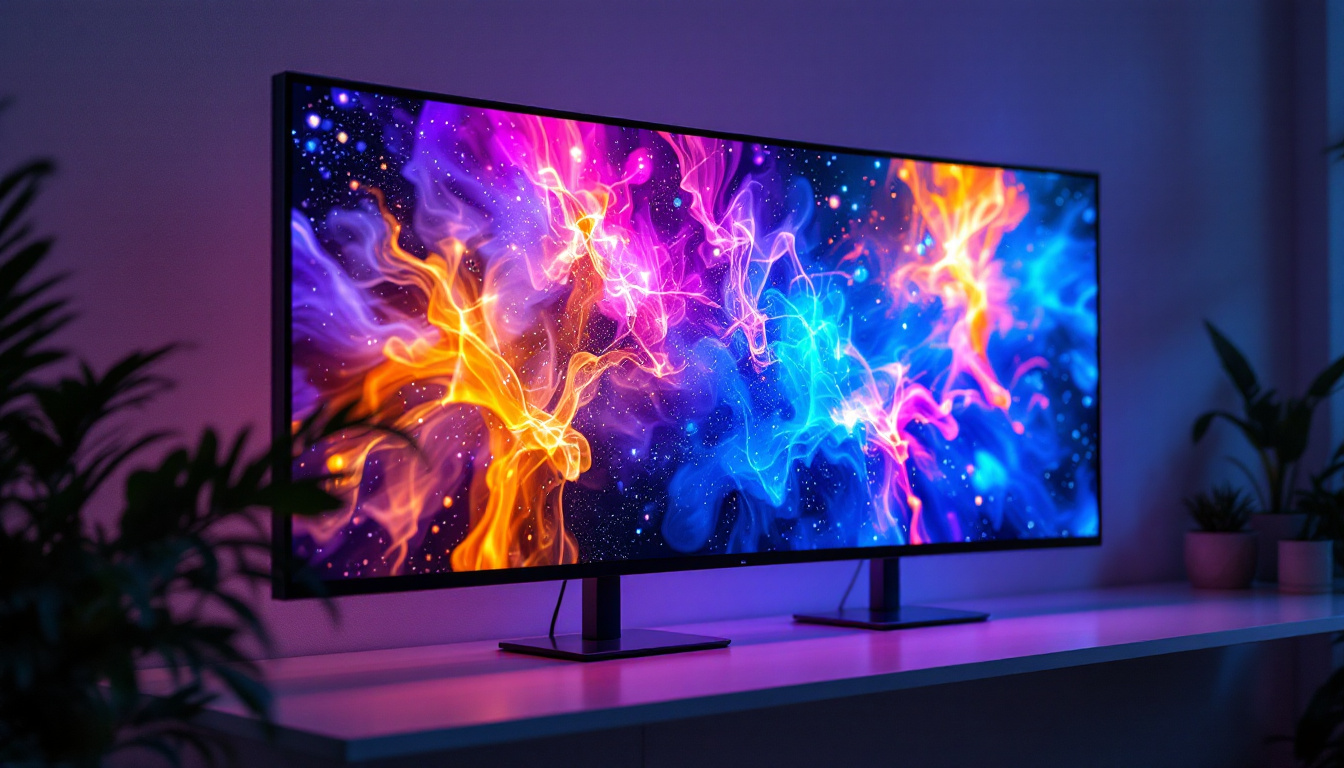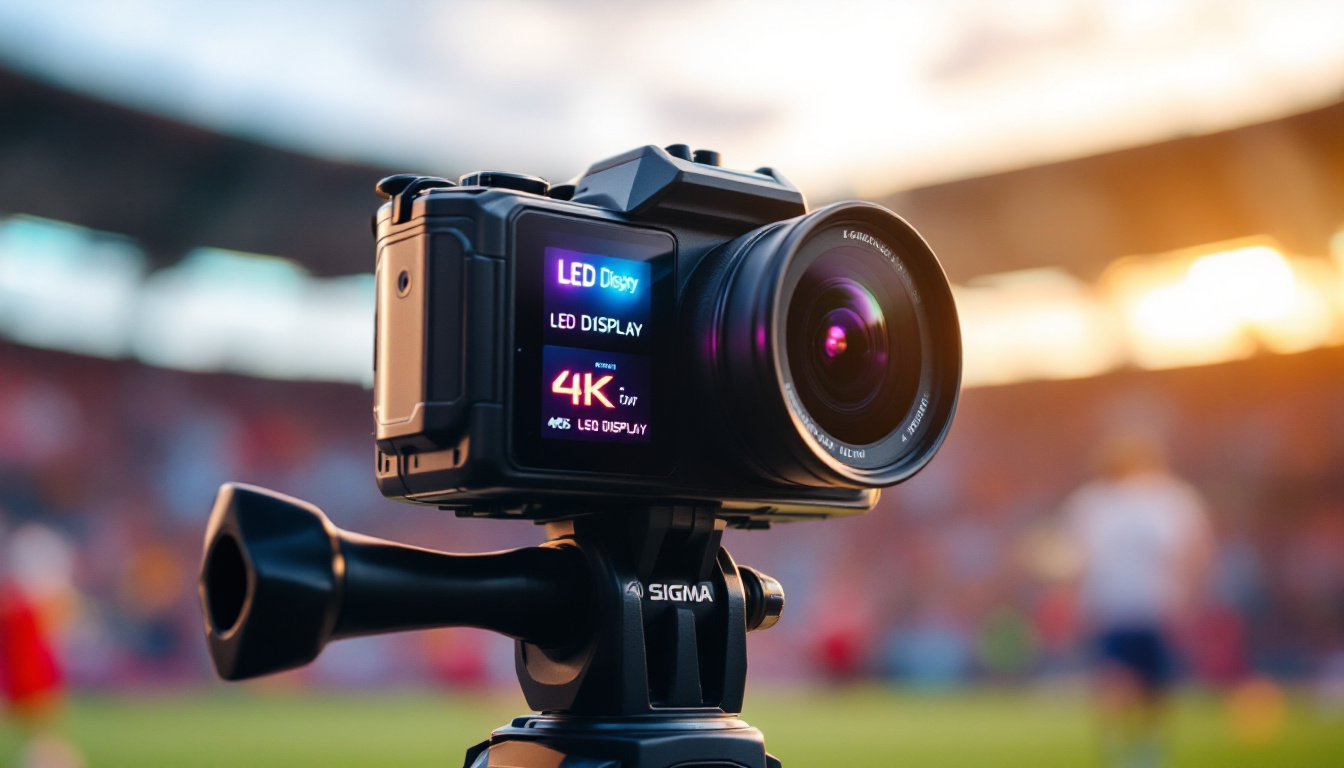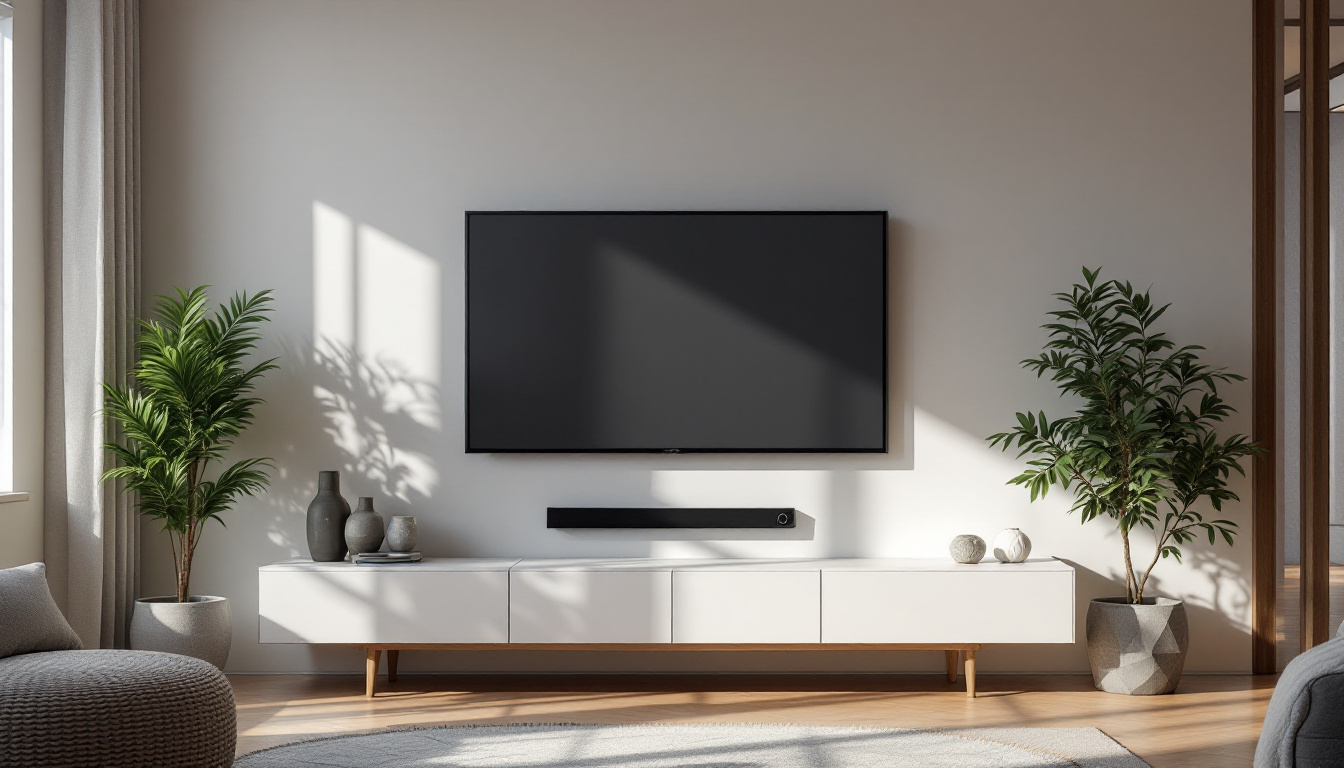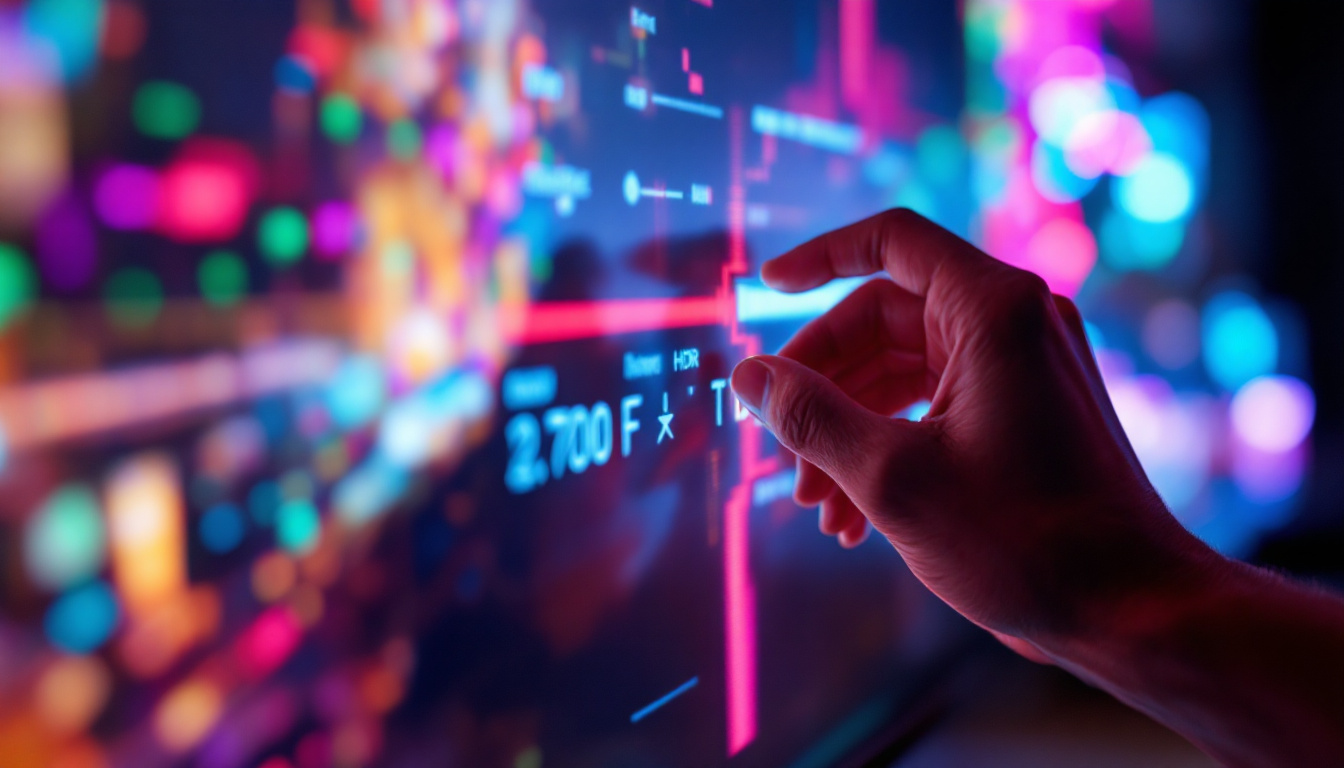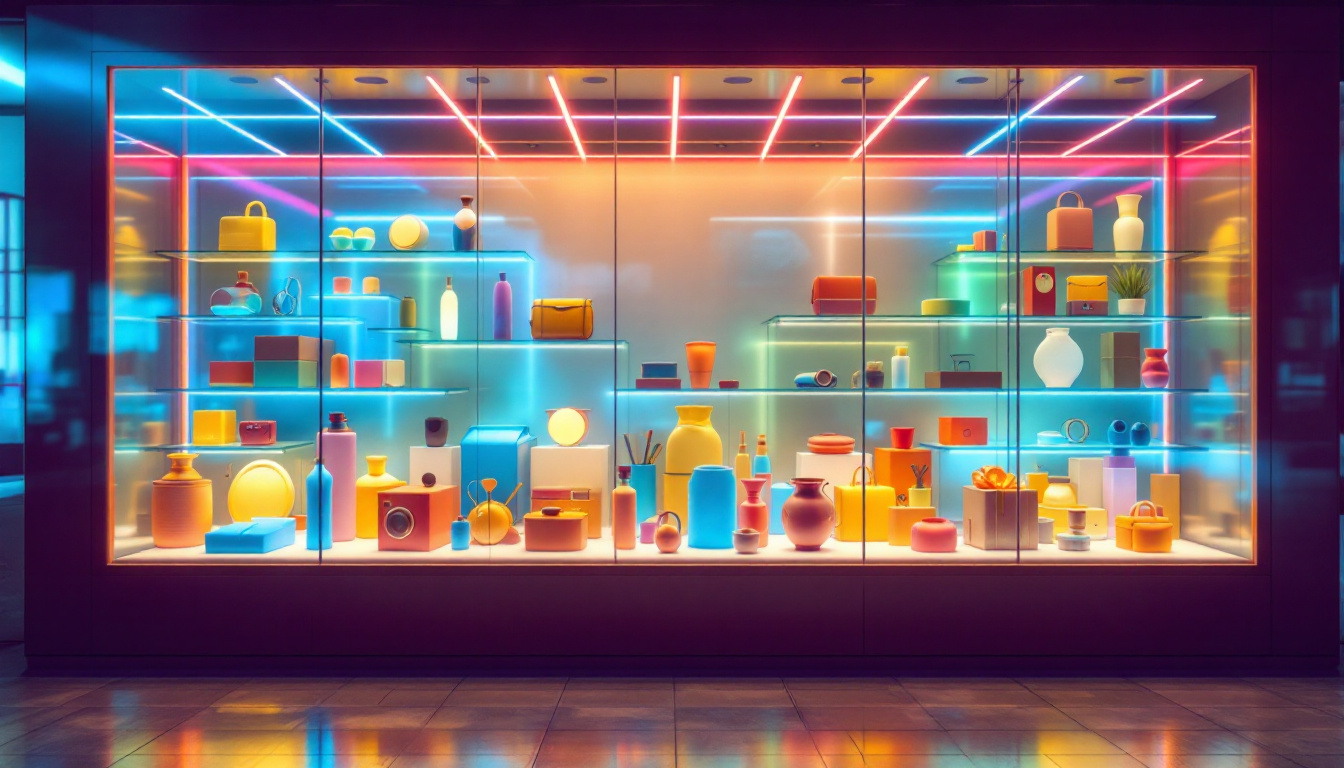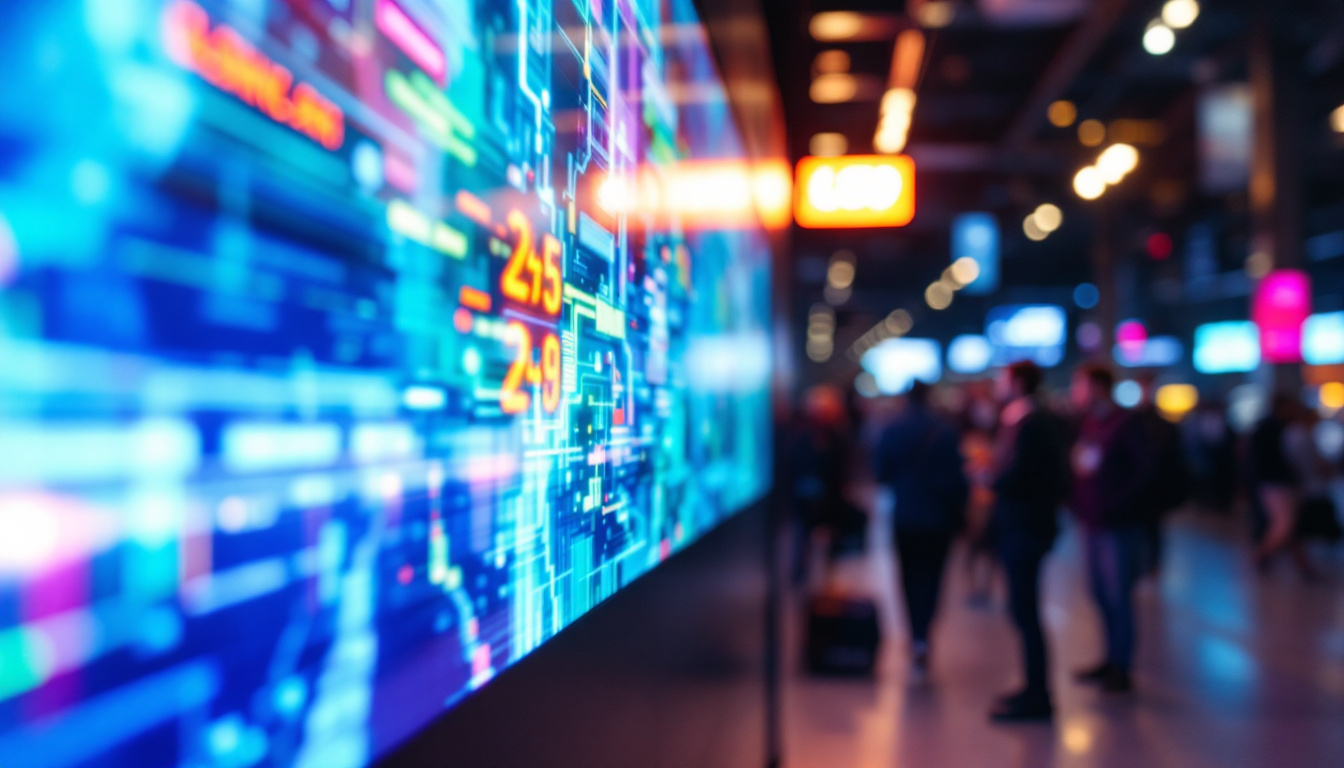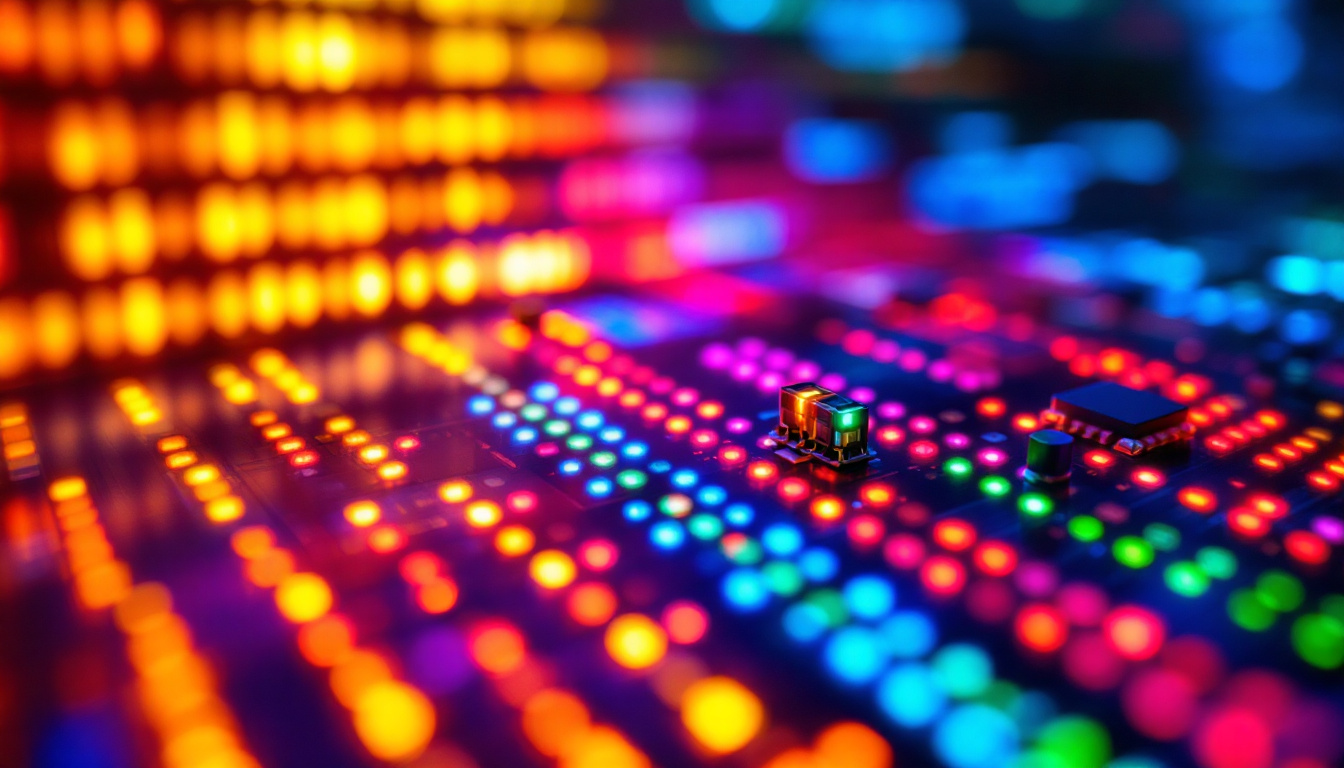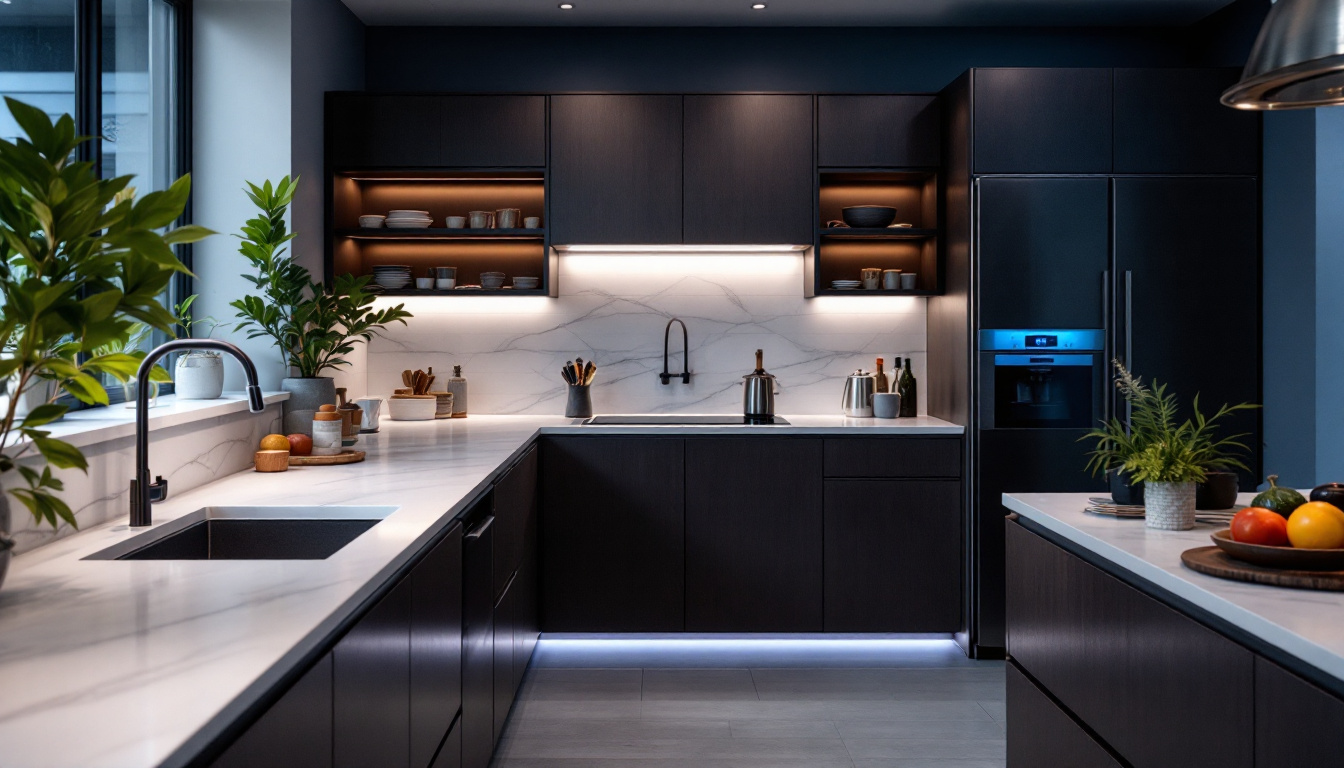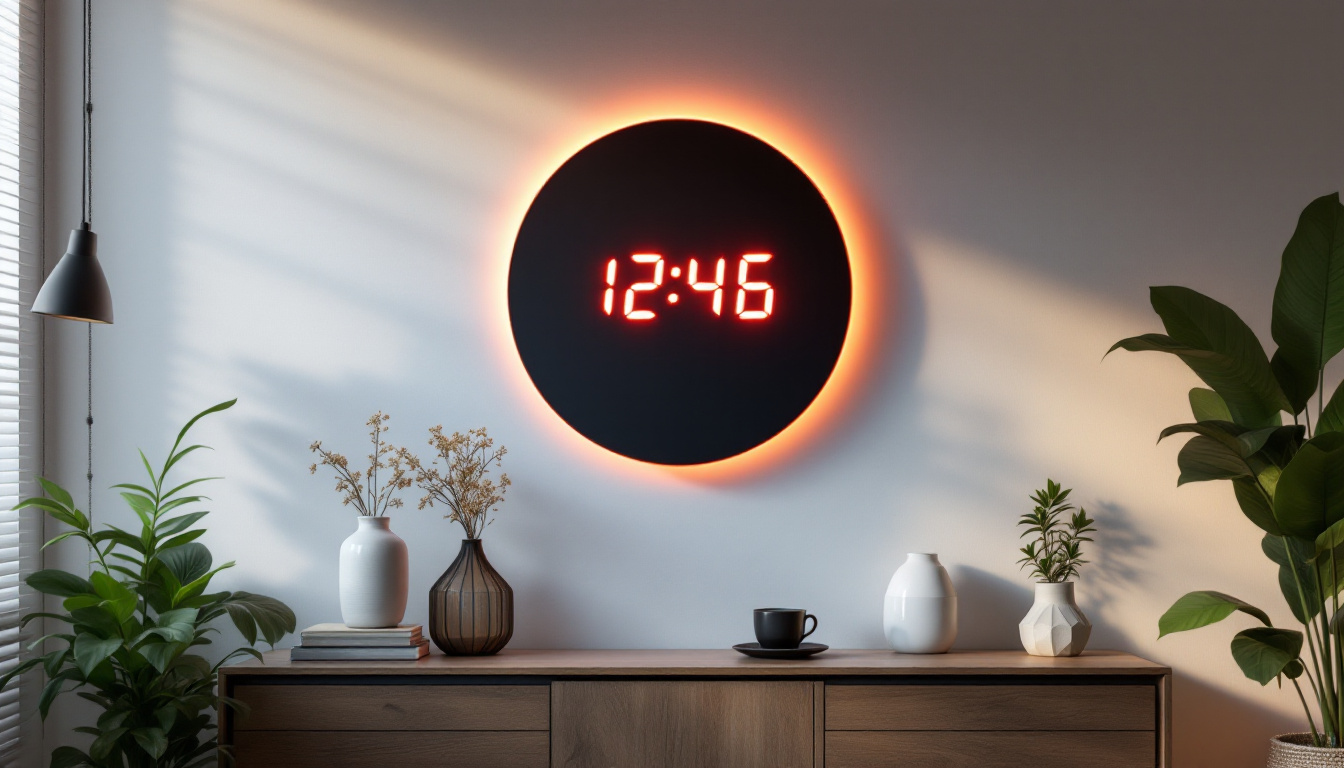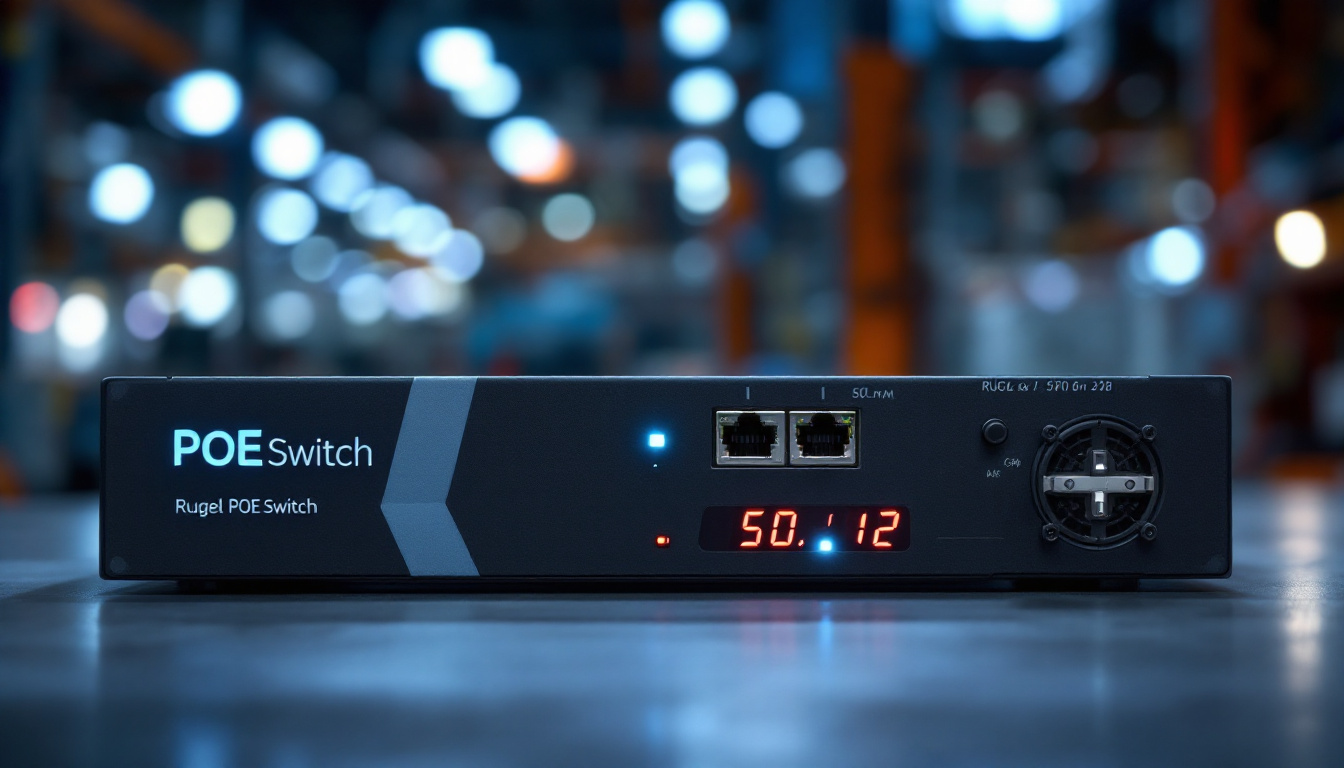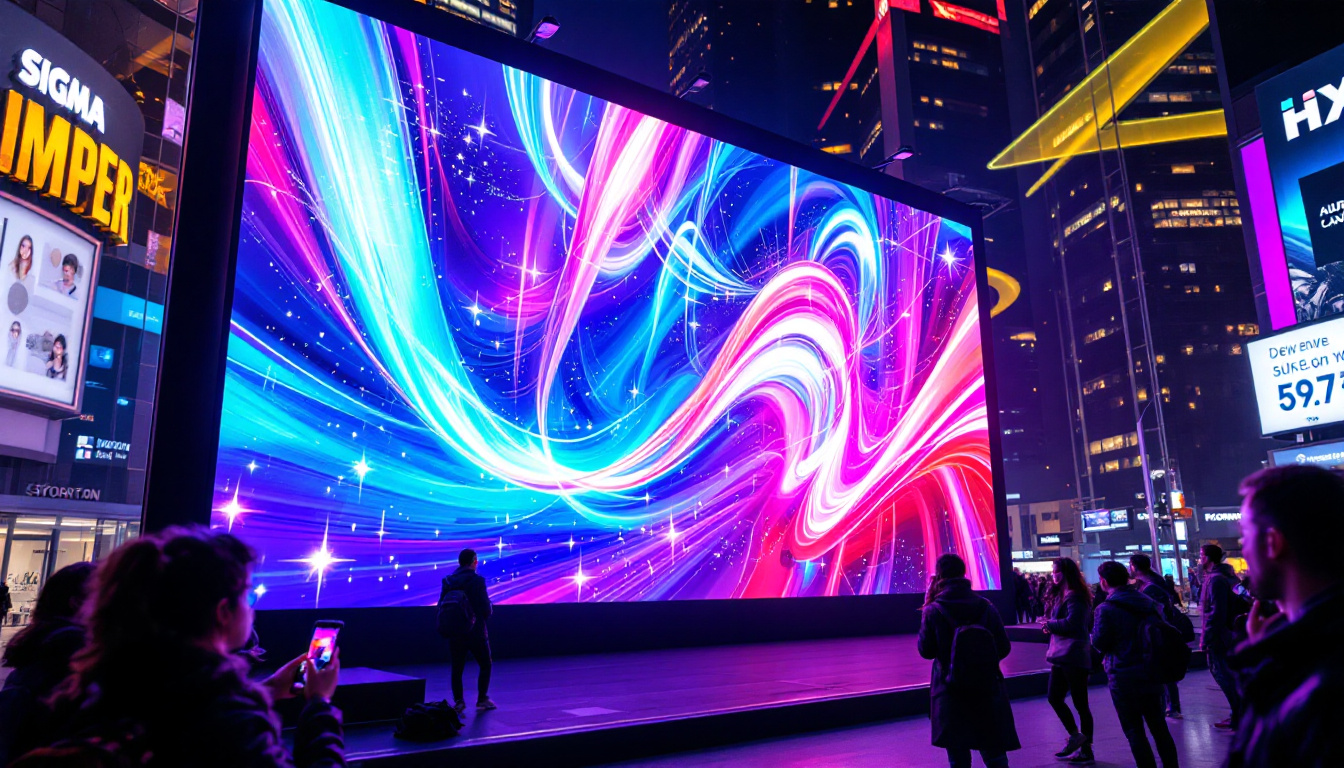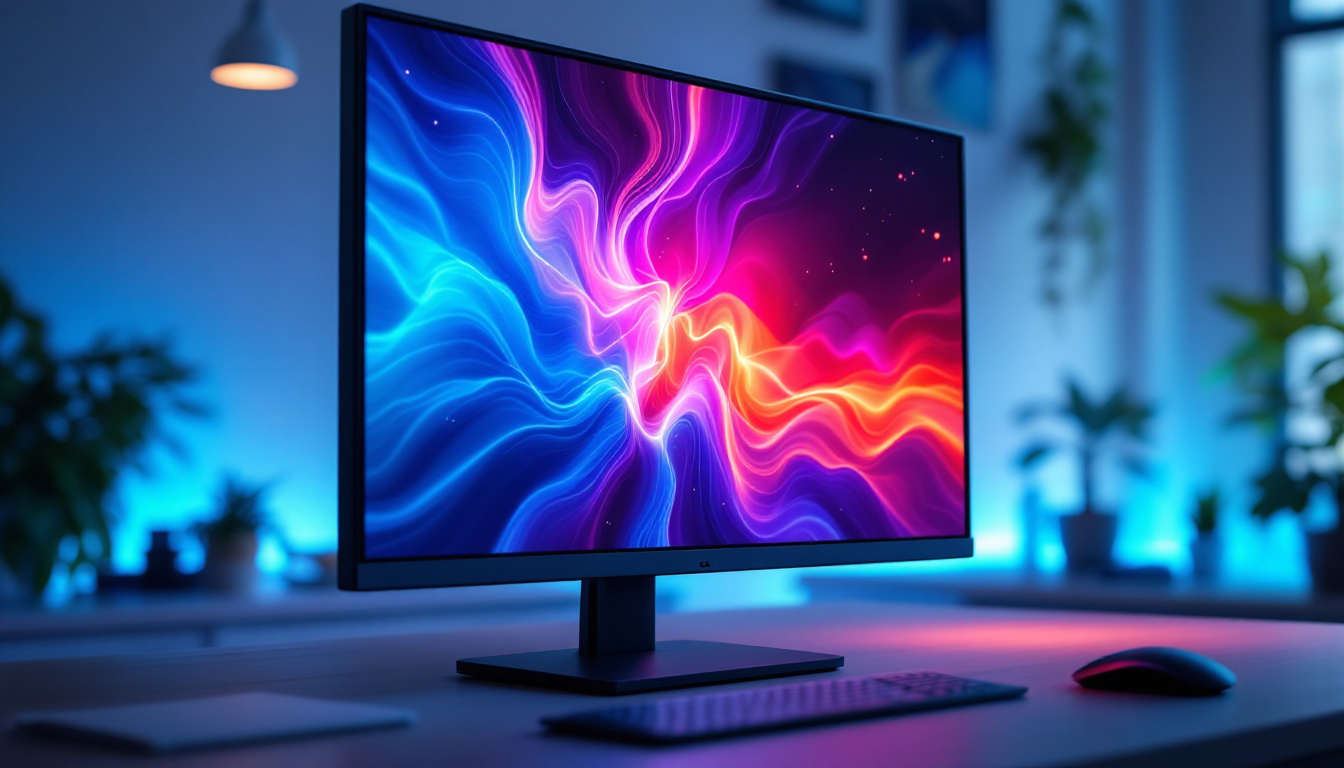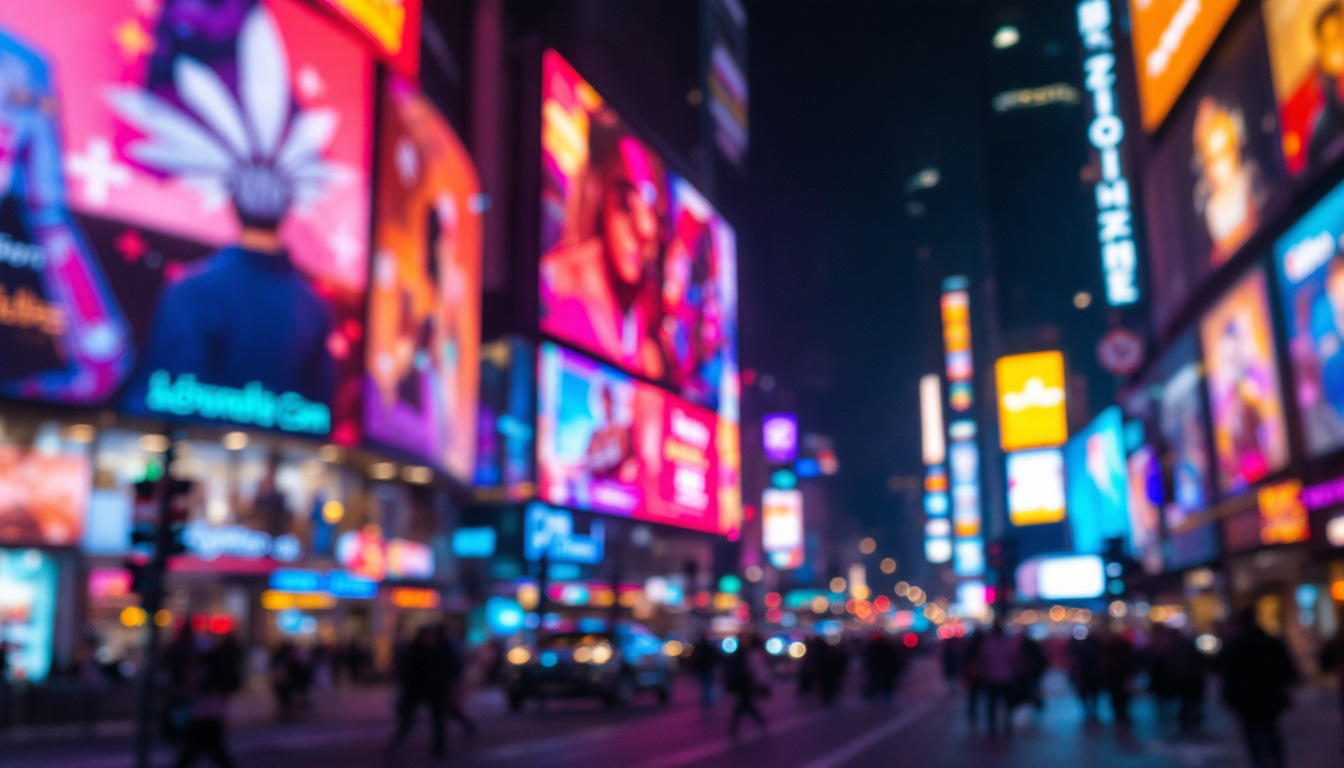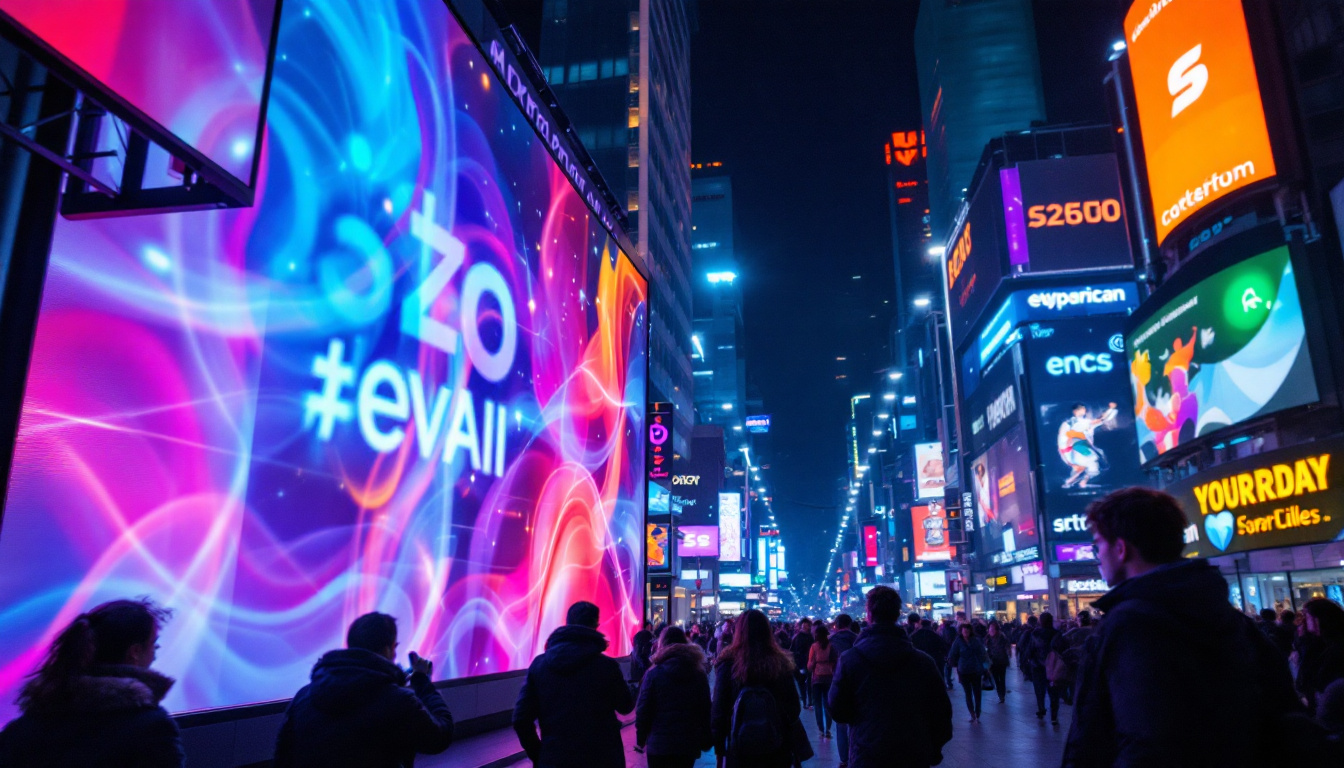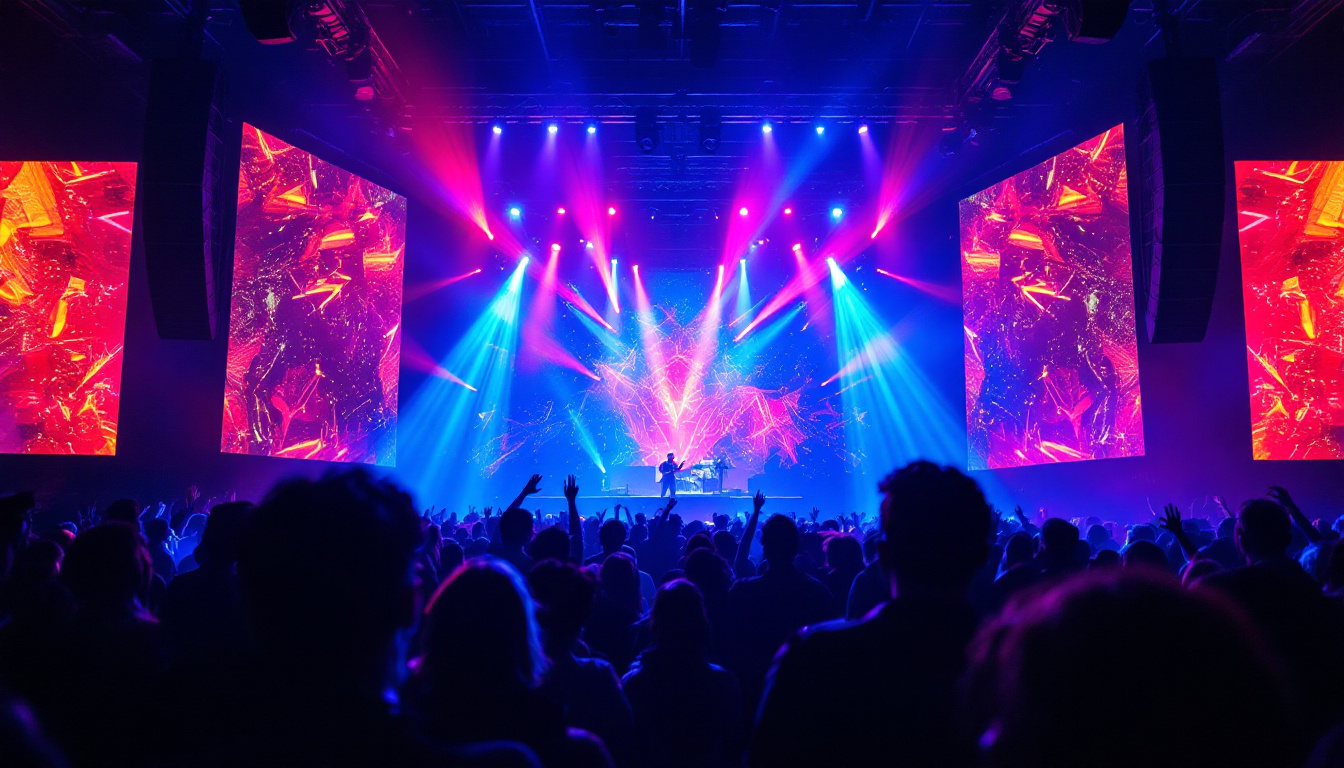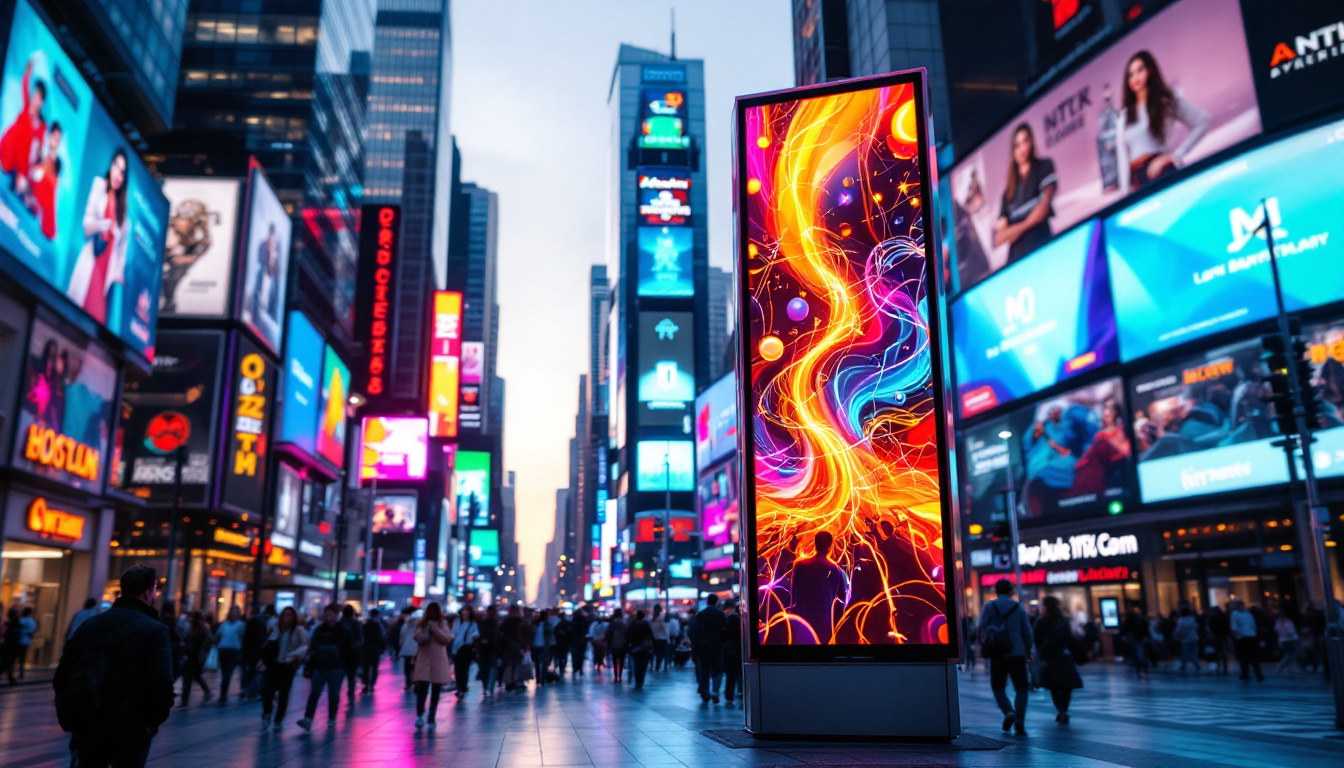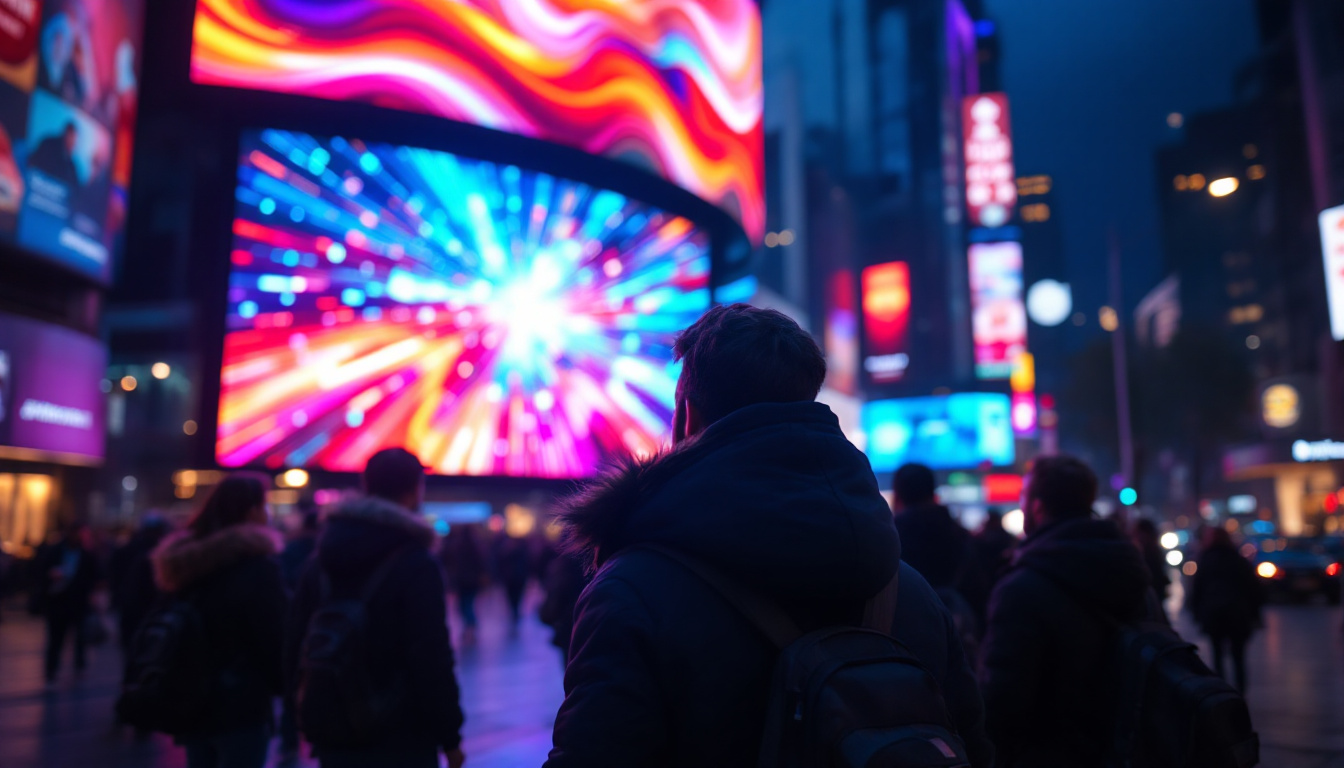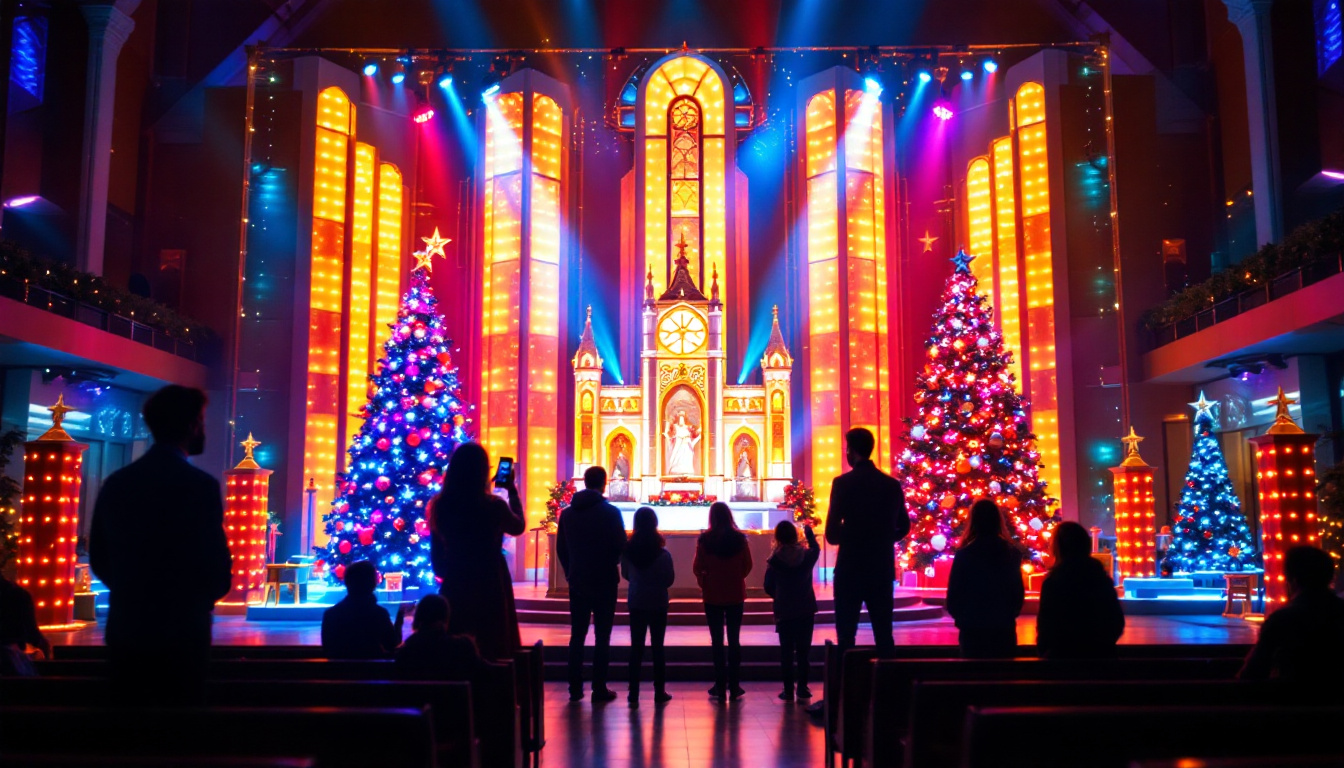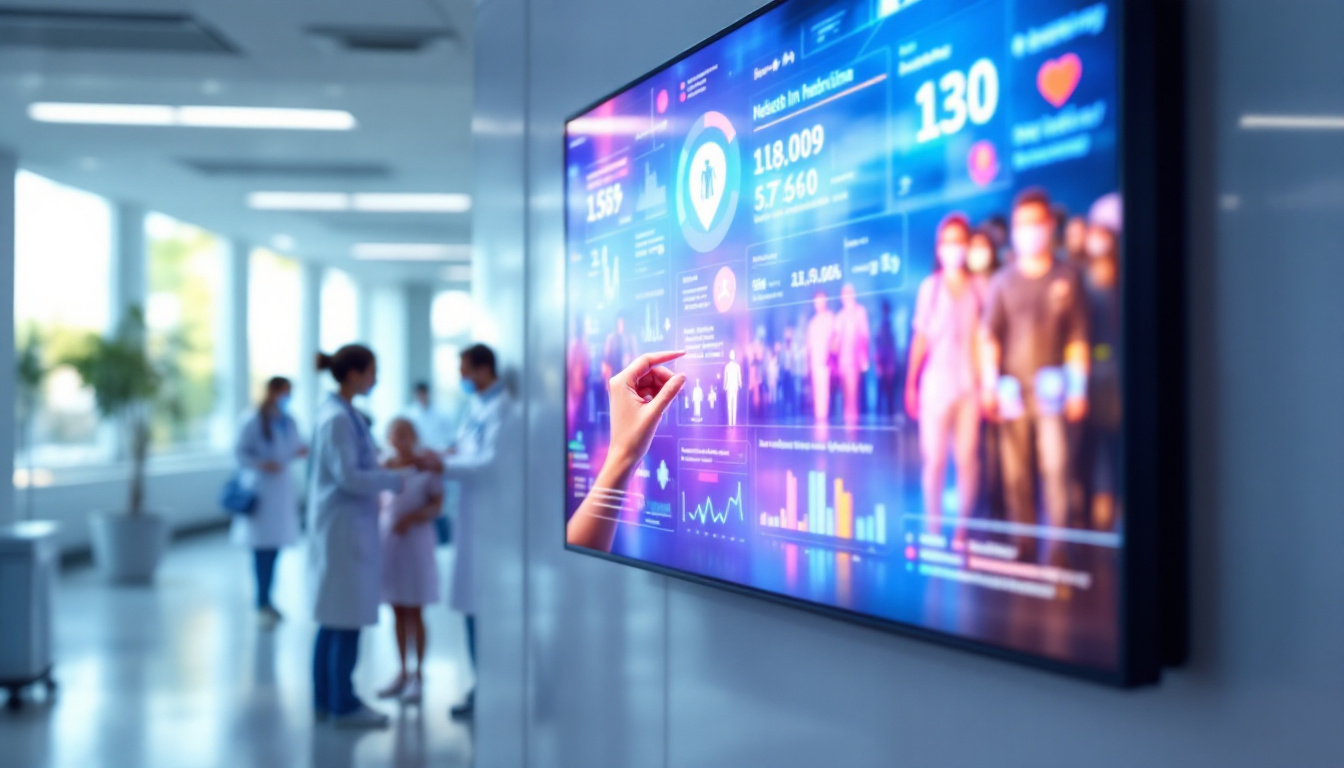In today’s fast-paced digital world, visual communication has become more critical than ever. One of the most effective ways to capture attention and convey messages is through LED displays. These vibrant, versatile, and energy-efficient screens have revolutionized advertising, branding, and information dissemination. This article delves into the intricacies of LED displays, particularly focusing on LED logos, their technology, applications, and advantages.
Understanding LED Technology
Light Emitting Diodes (LEDs) are semiconductor devices that emit light when an electric current passes through them. Unlike traditional light sources, LEDs are compact, durable, and energy-efficient, making them ideal for various applications, including signage and displays. Their longevity and low power consumption have revolutionized the lighting industry, leading to widespread adoption in both commercial and residential settings. As technology advances, the versatility of LEDs continues to expand, paving the way for innovative designs and applications.
The Basics of LED Operation
LEDs operate on a simple principle: when electrons move through a semiconductor material, they release energy in the form of photons, which is visible light. This process is known as electroluminescence. The color of the light emitted depends on the materials used in the semiconductor, allowing for a wide range of colors and brightness levels. The efficiency of LEDs is significantly higher than that of incandescent bulbs, as they convert a greater percentage of electricity into light rather than heat. This efficiency not only reduces energy consumption but also minimizes the need for frequent replacements, further enhancing their appeal.
In LED displays, multiple diodes are arranged in a grid to create images or text. Each pixel consists of red, green, and blue (RGB) LEDs, which can be combined in various intensities to produce different colors. This RGB combination is fundamental to creating vibrant and dynamic visuals. The ability to control each pixel independently allows for intricate designs and animations, making LEDs a popular choice for everything from digital billboards to intricate art installations. Moreover, advancements in technology have led to the development of smart LED systems that can be programmed for various effects, enhancing user engagement and interaction.
Types of LED Displays
LED displays come in various forms, each suited for different applications. The most common types include:
- Direct View LED: These displays consist of individual LED modules that are directly visible to the viewer. They are often used in outdoor advertising and large-scale billboards, where high brightness and visibility are essential. Their modular design allows for easy scalability, making them ideal for large venues and events.
- LED Backlit Displays: These screens use LEDs to illuminate an LCD panel from behind. They are commonly found in televisions and computer monitors, providing improved brightness and color accuracy compared to traditional fluorescent backlighting. This technology allows for thinner and lighter screens, enhancing the overall user experience.
- Organic LED (OLED): A newer technology that uses organic compounds to emit light, providing better contrast and color accuracy. OLEDs are popular in high-end displays, such as smartphones and televisions, due to their ability to produce deep blacks and vibrant colors. The flexibility of OLED technology also allows for innovative designs, including curved and foldable screens, which are becoming increasingly popular in consumer electronics.
In addition to these types, there are also specialized LED displays designed for specific environments. For instance, transparent LED displays are gaining traction in retail spaces, allowing for eye-catching advertising while maintaining visibility into the store. Similarly, flexible LED panels are being used in creative installations, enabling designers to create unique shapes and forms that were previously impossible with traditional display technologies. As the demand for visually striking and energy-efficient solutions grows, the LED technology landscape continues to evolve, promising exciting advancements in the near future.
LED Logos: A New Era of Branding
LED logos represent a modern approach to branding, combining the traditional elements of logo design with the dynamic capabilities of LED technology. They offer businesses a unique way to enhance their visibility and engage with customers.
Dynamic Visual Appeal
One of the most significant advantages of LED logos is their ability to create dynamic visuals. Unlike static logos, LED logos can change colors, display animations, or even incorporate video content. This dynamic nature not only attracts attention but also allows brands to convey messages or promotions effectively.
For instance, a retail store can use an LED logo that changes colors based on the time of day or season, creating a visually appealing experience for customers. This adaptability makes LED logos an excellent choice for businesses looking to stand out in a crowded marketplace.
Energy Efficiency and Longevity
LED technology is known for its energy efficiency, consuming significantly less power than traditional lighting options. This efficiency extends to LED logos, making them a cost-effective choice for businesses. With lower energy consumption, companies can reduce their utility bills while also minimizing their carbon footprint.
Moreover, LED lights have a long lifespan, often lasting tens of thousands of hours. This longevity means that businesses can invest in LED logos without worrying about frequent replacements, ultimately saving time and money in the long run.
Applications of LED Logos
LED logos can be utilized across various industries, enhancing branding and visibility in numerous ways. Their versatility makes them suitable for both indoor and outdoor settings.
Retail and Hospitality
In the retail sector, LED logos are becoming increasingly popular for storefronts and promotional displays. They can be used to highlight brand identity, attract foot traffic, and communicate special offers. For example, a restaurant might use an LED logo to showcase its name and cuisine style, creating an inviting atmosphere for potential customers.
In hospitality, hotels and resorts can benefit from LED logos by incorporating them into their entrance signage or lobby displays. This not only enhances the aesthetic appeal but also reinforces brand recognition among guests.
Events and Exhibitions
LED logos are also widely used in events and exhibitions. Trade shows, conferences, and festivals often feature LED displays to grab attention and convey information. An LED logo can serve as a focal point for a booth, drawing visitors in and creating a memorable impression.
Additionally, the ability to change content quickly allows brands to adapt their messaging based on audience engagement, making LED logos an effective tool for real-time marketing.
Design Considerations for LED Logos
Creating an effective LED logo involves careful consideration of various design elements. The goal is to ensure that the logo is not only visually appealing but also functional and representative of the brand.
Color and Contrast
Color plays a crucial role in logo design, and with LED logos, the choice of colors can significantly impact visibility and brand perception. Bright, contrasting colors tend to attract attention and are easier to read from a distance. It’s essential to choose colors that align with the brand’s identity while ensuring they are effective in LED format.
Moreover, the brightness of the LEDs should be considered, especially for outdoor logos. High brightness levels are necessary to ensure visibility in direct sunlight, while lower brightness may suffice for indoor applications.
Size and Placement
The size and placement of an LED logo are critical for maximizing its impact. A logo that is too small may go unnoticed, while one that is too large could overwhelm the surrounding environment. Finding the right balance is key.
Additionally, placement should consider factors such as sightlines, surrounding elements, and the intended audience. An LED logo positioned at eye level in a high-traffic area will likely attract more attention than one placed out of sight.
Challenges and Considerations
While LED logos offer numerous advantages, there are also challenges and considerations that businesses should keep in mind when implementing this technology.
Initial Investment
One of the primary challenges associated with LED logos is the initial investment. The cost of designing, manufacturing, and installing an LED logo can be higher than traditional signage options. However, it’s essential to view this as a long-term investment, as the energy savings and longevity of LED technology can offset these upfront costs over time.
Maintenance and Upkeep
Although LED lights are known for their durability, they still require maintenance to ensure optimal performance. Regular cleaning and inspections are necessary to prevent dust buildup and ensure that all diodes are functioning properly. Businesses should factor in these maintenance costs when considering LED logos.
The Future of LED Logos
The future of LED logos looks promising, with advancements in technology paving the way for even more innovative applications. As LED technology continues to evolve, businesses can expect to see improvements in brightness, color accuracy, and energy efficiency.
Integration with Smart Technology
One of the most exciting developments in LED technology is the integration with smart systems. Future LED logos may incorporate sensors and connectivity features, allowing them to respond to environmental changes or user interactions. For example, an LED logo could change color based on the weather or display personalized messages based on customer data.
This level of interactivity would not only enhance the branding experience but also create opportunities for more targeted marketing strategies.
Increased Customization Options
As technology advances, customization options for LED logos are likely to expand. Businesses may have access to more sophisticated design tools that allow for unique animations, transitions, and effects. This increased flexibility will enable brands to create truly distinctive logos that resonate with their target audience.
Conclusion
LED logos represent a significant advancement in branding and visual communication. Their dynamic nature, energy efficiency, and versatility make them an attractive option for businesses across various industries. While there are challenges to consider, the long-term benefits of LED logos often outweigh the initial investment.
As technology continues to evolve, the future of LED logos promises even more innovative applications and opportunities for brands to engage with their audiences. Embracing this technology can enhance visibility, strengthen brand identity, and ultimately lead to greater success in an increasingly competitive marketplace.
Illuminate Your Brand with LumenMatrix
As you consider the future of branding and the dynamic potential of LED logos, take the next step with LumenMatrix. Our commitment to innovation in LED display technology positions us to be your partner in creating visual experiences that captivate and engage. From Indoor and Outdoor LED Wall Displays to specialized solutions like Vehicle, Sports, and Floor LED Displays, we offer a comprehensive range of products tailored to your unique branding needs. Experience the transformative power of our Custom, All-in-One, and Transparent LED Displays. Check out LumenMatrix LED Display Solutions today and let us help you share your message with the world in a way that’s impossible to ignore.

